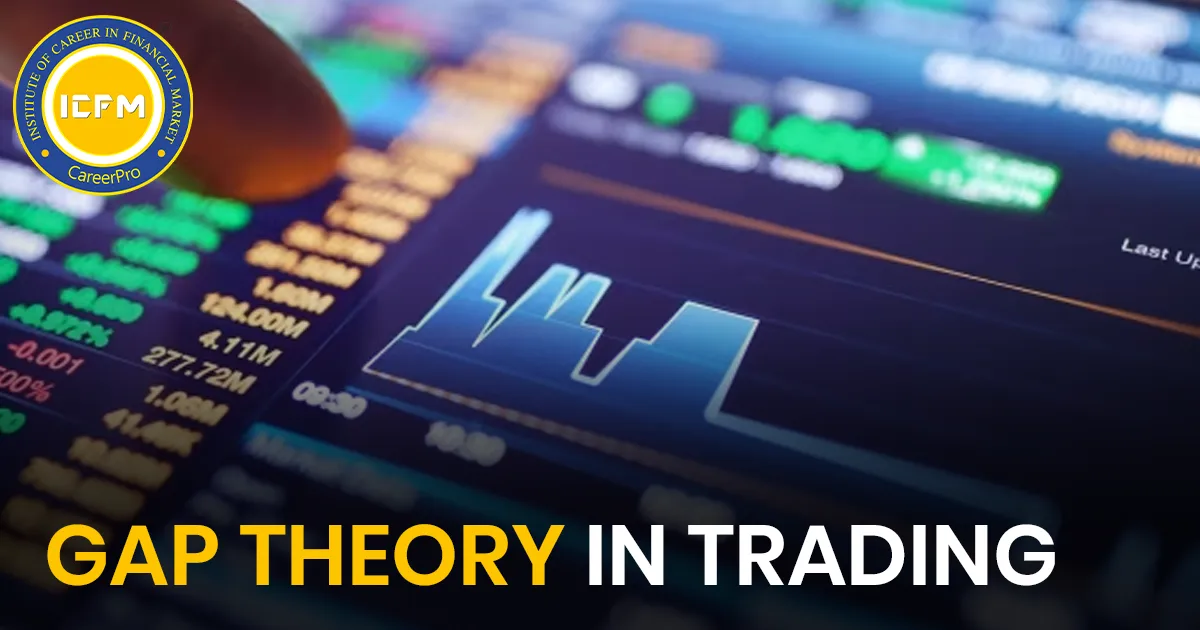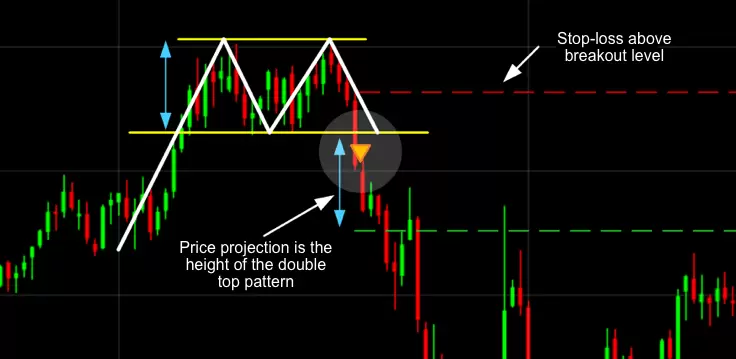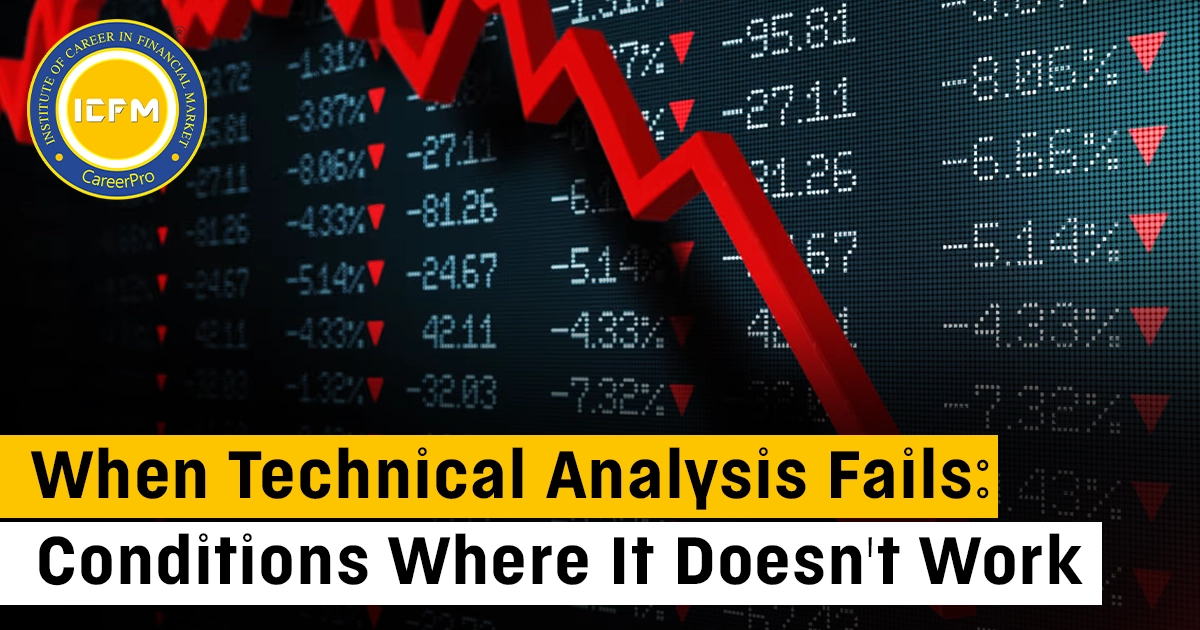Gaps on price charts occur when there is a noticeable break between the closing price of one trading day and the opening price of the next. These gaps can be significant indicators of market sentiment and potential future price movements, often driven by major news events or market shifts. Understanding the different types of gaps and their implications can help traders make more informed decisions.
Types of Gaps:-
1. Common Gaps:
- Characteristics: These gaps are typically small, appear in low-volume markets, and often close within a few days. They don’t usually signal a strong trend and can happen for various minor reasons, such as low trading activity or stocks going ex-dividend.
- Significance: While they can indicate slight market movement, common gaps don’t often provide substantial trading opportunities and are not a focus for trend analysis.
2. Breakaway Gaps:
- Characteristics: Breakaway gaps occur when the price breaks out of a prolonged range or trading area. This type of gap signals the start of a new trend, either upward or downward.
- Significance: These gaps are often accompanied by high volume, suggesting strong trader interest and confirming the new trend's validity. Breakaway gaps may not be filled for a long time and are typically significant for traders looking for a fresh trend to follow.
3. Runaway (Continuation) Gaps:
- Characteristics: Runaway gaps, also known as measuring gaps, happen during an ongoing trend and indicate that the trend is likely to continue. This type of gap occurs when traders who missed the initial move rush in, creating a surge of buying or selling interest.
- Significance: These gaps are a sign of momentum and often occur during an uptrend or downtrend. They signal that the market is continuing in its current direction and can be used to reinforce trend-following strategies.
4. Exhaustion Gaps:
- Characteristics: Exhaustion gaps typically happen at the end of a significant trend and signal a potential reversal. They are marked by a sudden spike in volume and a large price difference between the previous close and the new open.
- Significance: These gaps suggest that the trend may be losing strength as traders rush to take profits or exit positions. While they may appear similar to runaway gaps at first glance, the key difference is the exceptionally high volume, which signals that the trend is likely exhausted.
Trading Tips for Gap Analysis
a. Volume is Crucial: Higher volume during the formation of a gap can indicate its significance. Gaps with low volume may not be as reliable.
b. Context Matters: Consider the overall market environment and the position of the gap in the trend. Breakaway and exhaustion gaps have more potential implications than common or runaway gaps.
c. Look for Confirmation: Use chart patterns and technical indicators alongside gaps to validate trading signals.
d. Plan for the Long Term: While some gaps close quickly, others, especially breakaway gaps, can take a long time to be filled or may never be filled at all. Patience and strategic planning are key.
Understanding these gaps and how they interact with market trends can give traders an edge in identifying profitable opportunities and managing risk.









